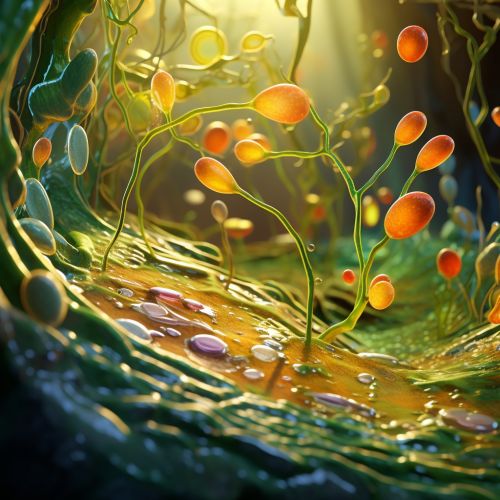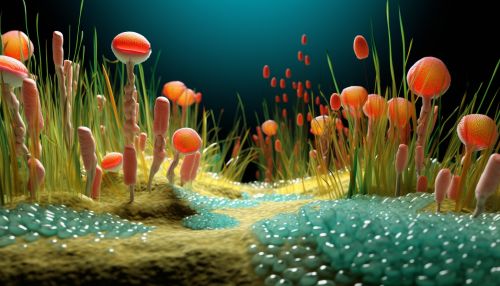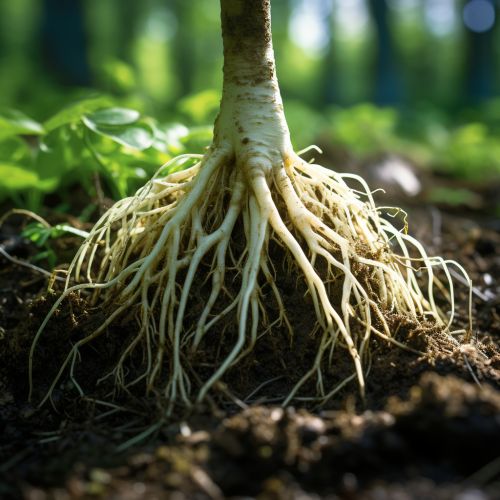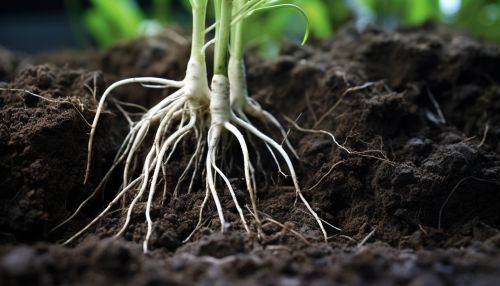The Biological Mechanisms of Plant Defense
Introduction
Plants, unlike animals, are sessile organisms, meaning they cannot move away from harmful conditions or threats. As a result, they have evolved a variety of biological defense mechanisms to protect themselves from predators, diseases, and environmental stresses. These mechanisms are complex and multifaceted, involving physical barriers, chemical defenses, and interactions with other organisms.


Physical Defenses
Plants employ a range of physical defenses to deter herbivores and prevent infection by pathogens. These include structural features such as thorns, spines, and prickles, which can physically injure herbivores and deter feeding. Other physical defenses include a tough, waxy cuticle that covers the surface of leaves and stems, providing a barrier against pathogens and reducing water loss. Some plants also produce sticky resins or latex, which can trap insects or other small herbivores.


Chemical Defenses
In addition to physical barriers, plants also produce a wide array of chemical compounds that serve as defenses against herbivores and pathogens. These include secondary metabolites such as alkaloids, terpenoids, and phenolics, which can have toxic, repellent, or antinutritive effects on herbivores. Some plants also produce chemicals that attract the natural enemies of their herbivores, a strategy known as indirect defense.


Induced Defenses
Many plants have the ability to 'sense' when they are under attack and respond by increasing their production of defensive compounds. This is known as induced resistance or induced defense. The signals that trigger these responses can come from the damage inflicted by herbivores, from chemicals in the saliva of herbivores, or from molecules associated with pathogen infection. Once triggered, these defenses can deter further attack and limit the damage caused by herbivores or pathogens.


Plant-Pathogen Interactions
Plants have evolved a sophisticated immune system to defend against pathogen attack. This system involves two main layers of defense: a general defense response that recognizes and responds to a wide range of pathogens, and a more specific defense response that targets specific pathogens. The general defense response, also known as PAMP-triggered immunity, involves the recognition of common pathogen molecules and the activation of a range of defense responses. The specific defense response, also known as effector-triggered immunity, involves the recognition of specific pathogen molecules, or effectors, and a more targeted and potent defense response.


Interactions with Beneficial Organisms
Not all interactions between plants and other organisms are antagonistic. Many plants form beneficial relationships with other organisms, such as mycorrhizal fungi and nitrogen-fixing bacteria, which can enhance the plant's nutrient uptake and growth. These beneficial organisms can also contribute to plant defense, for example by enhancing the plant's resistance to pathogens or by producing compounds that deter herbivores.


Conclusion
Plant defense mechanisms are a fascinating and complex area of study, with implications for agriculture, ecology, and the development of new drugs and other products. By understanding these mechanisms, we can develop more sustainable and effective strategies for crop protection and improve our understanding of plant ecology and evolution.
